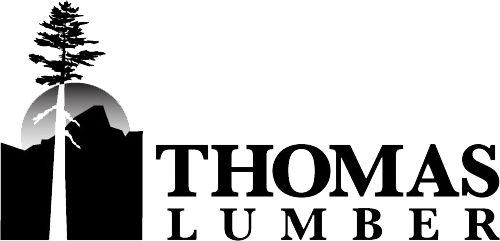Beams/Timbers, Cedar, Outdoor Living, Raised Bed Gardens
Growing a Greener World Episode 406 – Setting Up A Garden
How to setup a complete Raised Bed Garden area.
Our friends at Growing A Greener World TV called us last year about their Raised Bed Garden project going on in Alpharetta. They were interested in Western Red Cedar 6″ x 6″ posts due to Western Red Cedar’s natural untreated resistance to rot and decay. Plus Western Red Cedar looks great compared to other species of lumber. Follow along with their progress on the project, why they built the beds the way they did, and be sure to watch the live episode at their website, Growing A Greener World TV Episode 406. You will even see an appearance by our own Seth Thomas in this episode.
Growing a Greener World Episode 406 – Setting Up A Garden
The garden built in this episode is the new home garden set for our show. We’re very excited to finally have a home base garden that we can use to grow lots of organic produce, flowers and herbs. In addition, we plan on using this space year round, to test the hardiness of various crops, as well as disease resistance, varietal options, and various gardening techniques. This is an all-organic garden and we’ll share with you what works, what doesn’t and the challenges as well as the successes we have along the way. Our goal is to help make you a better gardener, while seeing that environmentally responsible choices can still yield a thriving garden and bountiful harvest.
The overall dimension of the garden is 74 x 40 feet. The wood chosen for the 16 raised beds is untreated cedar, chosen for its naturaldurability and consistent shape. We purchased 96 6×6 inch timbers, each 16 feet long. This was calculated to produce the least amount of waste and minimize the required cuts. Each bed is stacked 3 timbers high, making the beds 18 inches tall. To accommodate the maximum growing space with adequate room between beds for our cameras and equipment, there is 4 feet between each bed and 6 feet between the outer beds and the fence. The dimensions of each bed are 12 feet by 4 feet with the exception of the four beds that parallel the length of the fence. They are each 12 by 3 feet to make this design and spacing work with the required spacing between beds and fence.
Each bed has drip irrigation delivered from an in-ground system that was installed for this garden before the soil was added to the beds. For maximum efficiency and to minimize water use, the irrigation is on a solar-powered, locally monitored in real-time, which overrides the programs if conditions don’t require supplemental irrigation.
The Soil
The soil making up each beds comes from 60% composted top soil, 20% Certified Compost, and 20% composted manure, sourced directly from the animals on our farm: horses, goats and chickens. Read Joe’s blog on herbicides in manure for the backstory on what happened from that manure once the plants went in. It’s not good!
The fence is split rail cedar with 4 self-closing gates. To prevent small critters from accessing the garden, the interior is lined with black, vinyl coated 1 x 2 galvanized fencing, buried several inches into the ground. The fence height along the top rail is four feet. Although this may pose a future concern to deer intrusion, time will tell. Through the first full season, we not had a single deer intrusion, even though they are all around this property.
Our theory for the success so far and the plan when we decided on just four feet high was two fold. First, the design of the garden within the fence is rather cramped and doesn’t allow for much landing space (which they greatly prefer) should they consider jumping into it. The bed layout may also add to the perception that this is a confined space. Since deer have poor depth perception, they may also find this configuration a bit difficult to judge. Our second theory adding to the deer-free success so far, is that each bed received a light application of an organic nitrogen source, using Milorganite. Although not marketed as a deer-repellent, it has been shown to have repelling properties in university studies. See the link below.
Other links you might find helpful:
Find the tools we love and use from A.M. Leonard – Here
Joe’s “must-read” blog post on Compost Confidential regarding Herbicides in Manure : Get the sad backstory on what happened after planting. Don’t let this happen to you!
Detailed PDF Plans for Building the Raised Beds plus the Raised Bed Diagram (compliments of Fiskars)
To access the article for the two-line fence to control deer, click here
The source for soil and Certified Compost in the garden beds: Smith Garden
The source for our cedar timbers: Thomas Lumber Co.
Our Fence Installer: North Atlanta Fence
Our Irrigation Provider: RainMaker
UGA Article on Milorganite results at reducing deer browsing.
Recipe: Summer Zucchini Salad with a Shallot Caper Vinaigrette
Thomas Lumber Company is one of Atlanta’s oldest and largest lumber mills. We are 4 generations of the same family ownership operating out of the same Cumming, Ga location started by George Thomas in 1927. Call us for your Western Red Cedar, Ipe Decking, Cypress, Pine Lumber, Kamado Joe Grills, Primo Grills, Dekor Outdoor Lighting Products, and any decking or home accessory. Let one of our professionals help you achieve the desired results you are looking for.




